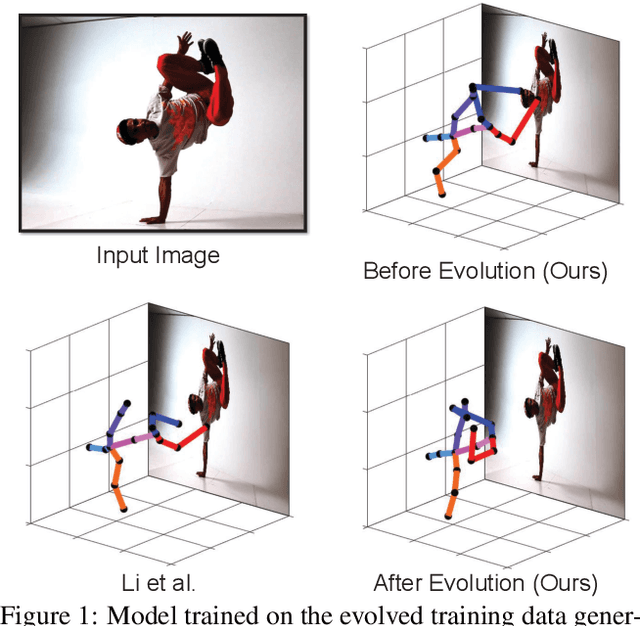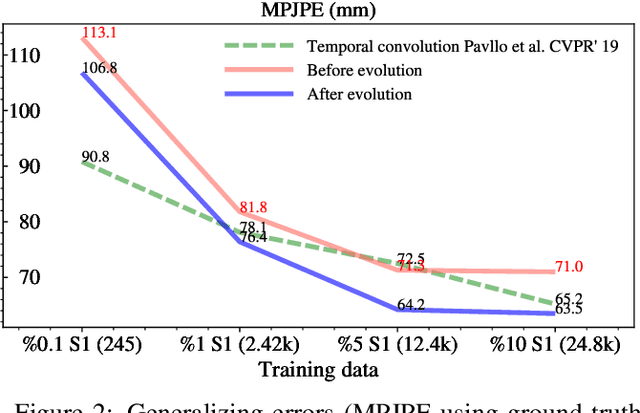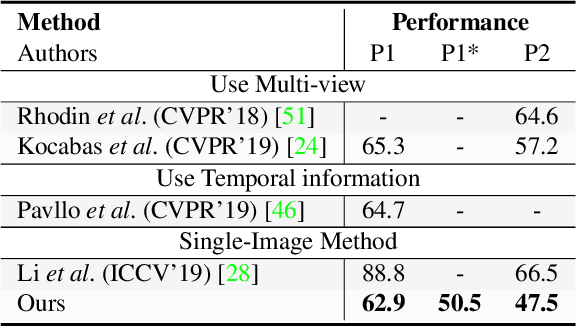Kevin Pratama
Crowdsource, Crawl, or Generate? Creating SEA-VL, a Multicultural Vision-Language Dataset for Southeast Asia
Mar 10, 2025Abstract:Southeast Asia (SEA) is a region of extraordinary linguistic and cultural diversity, yet it remains significantly underrepresented in vision-language (VL) research. This often results in artificial intelligence (AI) models that fail to capture SEA cultural nuances. To fill this gap, we present SEA-VL, an open-source initiative dedicated to developing high-quality, culturally relevant data for SEA languages. By involving contributors from SEA countries, SEA-VL aims to ensure better cultural relevance and diversity, fostering greater inclusivity of underrepresented languages in VL research. Beyond crowdsourcing, our initiative goes one step further in the exploration of the automatic collection of culturally relevant images through crawling and image generation. First, we find that image crawling achieves approximately ~85% cultural relevance while being more cost- and time-efficient than crowdsourcing. Second, despite the substantial progress in generative vision models, synthetic images remain unreliable in accurately reflecting SEA cultures. The generated images often fail to reflect the nuanced traditions and cultural contexts of the region. Collectively, we gather 1.28M SEA culturally-relevant images, more than 50 times larger than other existing datasets. Through SEA-VL, we aim to bridge the representation gap in SEA, fostering the development of more inclusive AI systems that authentically represent diverse cultures across SEA.
Cascaded deep monocular 3D human pose estimation with evolutionary training data
Jun 14, 2020



Abstract:End-to-end deep representation learning has achieved remarkable accuracy for monocular 3D human pose estimation, yet these models may fail for unseen poses with limited and fixed training data. This paper proposes a novel data augmentation method that: (1) is scalable for synthesizing massive amount of training data (over 8 million valid 3D human poses with corresponding 2D projections) for training 2D-to-3D networks, (2) can effectively reduce dataset bias. Our method evolves a limited dataset to synthesize unseen 3D human skeletons based on a hierarchical human representation and heuristics inspired by prior knowledge. Extensive experiments show that our approach not only achieves state-of-the-art accuracy on the largest public benchmark, but also generalizes significantly better to unseen and rare poses. Relevant files and tools are available at the project website.
 Add to Chrome
Add to Chrome Add to Firefox
Add to Firefox Add to Edge
Add to Edge